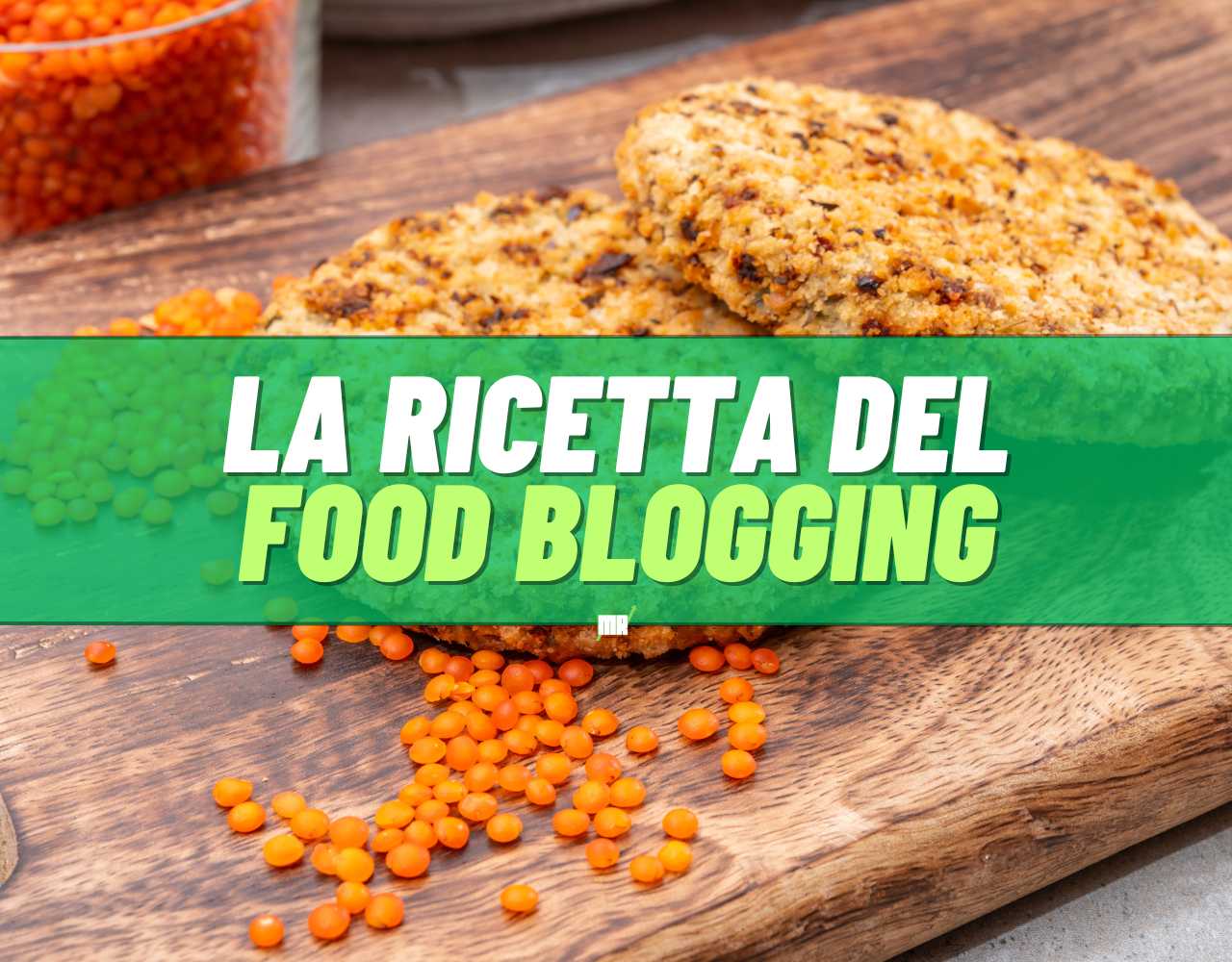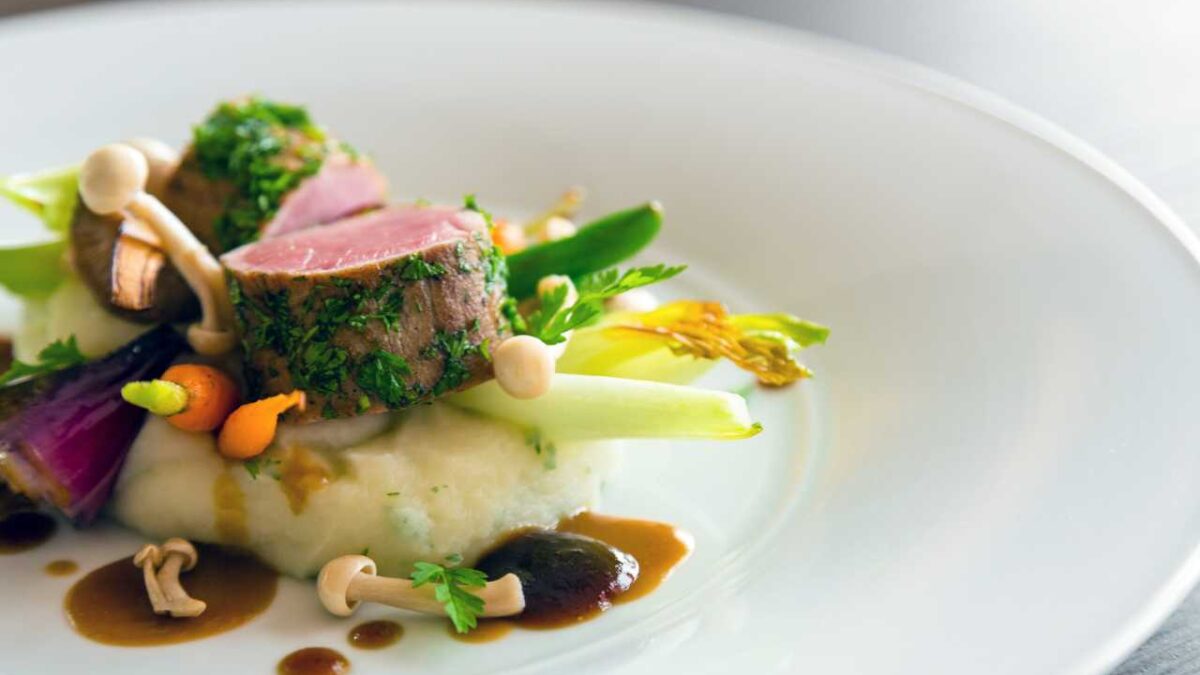Table of contents
- Why start a food and restaurant blog
- How to research the topics to be covered
- Some subcategories of food blogging that you should consider
- Why it is difficult to be consistent in blogging
- Fundamental elements of a professional blog
- How to find the right SEO keywords for food blogging
- How to create engaging content for food blogging
- Promoting your work as a food blogger
- Monetizing your work as a food blogger
Starting a food blog is an exciting and potentially lucrative venture for those who love cooking and want to share their passion with the world. In this article, we will explore how to start a food blog, covering various aspects such as choosing topics, creating engaging content, SEO strategies, promotion and monetization. If food is your passion and you have always dreamed of turning it into a profession, read on to find out how to become a successful food blogger.
Why start a food and restaurant blog
Starting a food blog offers numerous opportunities not only to express one's culinary creativity, but also to join a vibrant and growing community. As interest in diverse cuisines and healthy lifestyles increases, a food blog can become a valuable resource for a wide audience. In addition to sharing recipes, such a blog allows people to explore culinary culture, review restaurants, and provide tips on healthy eating. In addition, it is an ideal platform for networking with other food enthusiasts, industry professionals, and brands. If you are looking for a way to turn your passion for cooking into a career, or simply to share your culinary experiences, starting a food blog may be the right path.
How to research the topics to be covered
Topic research is crucial to keeping your blog interesting and relevant. First, it is important to understand your readers and what they are looking for in a food blog. You can use web analytics tools to monitor which posts generate the most interest and interaction. Also, keeping up with current trends in cooking and dining can provide inspiration for new content. Participating in forums, following other food bloggers, and interacting with your followers on social media are great ways to gather insights and ideas. The seasons can also guide your choice of topics, such as recipes suitable for specific times of the year or guides on how to prepare dishes for festive occasions.
-
Audience Analysis: Understanding who your readers are is the first step in determining topics that might interest them. Tools such as Google Analytics can provide demographic data, interests and browsing behaviors of your visitors. This information helps you tailor your content to your audience's preferences.
-
Monitoring Trends: Staying up-to-date on the latest culinary trends is key. Use platforms such as Google Trends to see what topics are popular and growing in the food industry. Social media, especially Instagram and Pinterest, are equally useful for unearthing emerging trends and visual inspirations.
-
Social Media Interaction: Interacting with readers on social media or in blog comments can offer direct insights into what they want to read. Asking questions, launching polls, or simply observing which types of posts receive the most interactions can guide your content strategy.
-
Competitor Analysis: Analyze other successful food bloggers and find out what topics they have covered recently. Note which posts have gotten the most shares and comments. This is not copying, but rather identifying gaps in their content that you could fill.
-
Seasonal and Current Events: Adapting your content to seasonal events, such as holidays or seasonal changes, can make your blog timely relevant. For example, post about fall pumpkin dishes in October or ideas for summer dishes in July.
-
Books and Publications: Maintaining constant reading of cookbooks, trade journals and academic articles can inspire new content and offer a deeper perspective on specific techniques or trends.
-
Reader Feedback: Encouraging readers to leave comments on your posts or through direct surveys can provide valuable insights into what works and what can be improved.

Some subcategories of food blogging that you should consider
Exploring specific sub-categories of food blogging can help you find a less saturated and more focused niche market, which can increase your following and improve audience engagement. Below, we delve into some of the most popular and potentially profitable sub-categories:
-
Vegan and Vegetarian Cooking: With an increasing number of people adopting vegan or vegetarian lifestyles, focusing on this niche can attract a large audience interested in recipes without animal ingredients. This type of blog not only offers recipes, but can also educate readers about the benefits of these lifestyles, discuss ingredient substitutions, and provide guides to eating out.
-
Food Photography: If you have a passion for photography as well as cooking, specializing in food photography can elevate your blog. Posts can include tutorials on how to take food photos, reviews of camera equipment, and tips on styling and lighting. High-quality images attract readers and are very shareable on social media, increasing your blog's visibility.
-
Ethnic Kitchens: Devoting your blog to exploring a specific ethnic cuisine, such as Thai, Italian, or Mexican, can be an excellent way to attract readers interested in those cultures. This type of blog can offer authentic recipes, history of the dishes, and tips on where to find authentic ingredients or how to prepare a traditional meal.
-
DIY and Food Preservation: Teaching readers how to prepare home-preserved foods, such as pickles, jams, and fermented foods, can attract an audience interested in do-it-yourself and traditional preservation techniques. These blogs can also discuss the benefits of fermentation and preservation for health and wellness.
-
Food and Travel: Combining your passion for food with your passion for travel creates a unique opportunity to explore and document culinary traditions from around the world. You can write about culinary experiences while traveling, reviews of international restaurants, and tips on how to discover authentic dining experiences in different countries.
Choosing to focus on one or more of these subcategories can not only make your blog more interesting and unique, but also help you build a distinctive identity in the crowded world of food blogging. By offering specialized content, you can become a reference point for those readers specifically interested in your niche.


